Are you an artist who’s trying to decide which craft is best for your creative needs? Do you find yourself asking “What’s the difference between illustration and drawing?” If so, you’re in the right place! In this blog post we will explore the differences and similarities between these two art forms. We’ll discuss their workflow processes, materials used, effects on audience perception, and more. With this info at hand, we hope that after reading this post, you can make a well-informed decision about how to proceed with either option as an art form. So let’s dive into it: What exactly makes a drawing different from an illustration?
What is Drawing?
Drawing is a form of expression where an artist uses lines, shapes and colors to create a work of art. It can be done with pencils, charcoal, paints or other forms of media. Drawing has been around since ancient times and many cultures have their own unique ways of creating art using this medium. Drawing can be used to express emotions, ideas or to simply portray beauty. It has been used to tell stories, capture moments and create powerful visuals that can evoke emotion from viewers. Drawing is a form of communication and can even be used to convey complex ideas or concepts with just a few strokes or marks on paper. [1]
Drawing can be used as a form of therapy or meditation to help relax and refocus the mind. It is a great way to exercise creativity and explore one’s imagination. Even just doodling during spare moments can provide insight into how our thoughts work and what images our minds come up with. Drawing may seem daunting at first but anyone can learn to draw with some practice and dedication. Whether you’re a seasoned artist or a beginner, the possibilities are endless and one can create whatever their imagination desires! So if you’ve ever been curious about drawing, grab some paper and pencils and start creating today! [2]
Forms of Drawing
Drawing is an incredibly versatile art form. It can be used to express ideas, emotions, and imagination in a fun and creative way. From quick sketches to intricate detailed drawings, there are many different forms of drawing to explore. Let’s take a look at the various types of drawing and consider how each one can bring your artistic vision to life! [3]
Realistic Drawing
Realistic drawing is the art of creating highly detailed, lifelike drawings that appear almost like photographs. This type of drawing requires an exceptional level of precision and skill, as well as a high degree of patience in order to achieve this realistic effect. Great examples of realistic drawing are found in the works of famous artists such as Leonardo Da Vinci and Michelangelo.
Abstract Drawing
Abstract drawing is the opposite of realistic drawing. Rather than creating highly detailed, lifelike images, abstract drawings use bold lines and shapes to create art that is more symbolic and open to interpretation. Artists such as Pablo Picasso and Wassily Kandinsky are famous for their abstract drawings.
Cartoon Drawing
Cartoon drawing is a form of art where characters, objects, and scenes are rendered in a simplified style. This type of art is often used for animation, comic books, and advertising. The most famous example of cartoon drawing is Walt Disney’s Mickey Mouse character.
Sketching
Sketching is the process of quickly capturing images on paper using a pencil. Unlike highly detailed drawings, sketches focus on capturing the basic shapes and forms of an object or scene without adding too much detail. This type of drawing is often used by architects and designers to quickly visualize ideas before committing them to more complex pieces of art.
Creative Drawing
Creative drawing combines traditional techniques with more imaginative approaches to create unique works of art. This style of drawing is often used to express emotions, ideas, and inner thoughts without the need for words or intricate details. Creative drawing can be anything from a simple doodle to an elaborate piece of abstract art.
Mixed Media Drawing
Mixed media drawing is when two or more mediums are combined in a single artwork. This kind of drawing allows artists to express their creativity even further by combining different elements such as paint, pen, ink, and even digital art. Mixed media drawing can be incredibly expressive and allows for a wide range of experimentation with materials. [4]
How to Start Drawing?
Drawing can be intimidating to beginners, but it is actually an enjoyable and creative activity that anyone can learn. There are a few essential techniques to get started in drawing, such as learning how to hold and use pencils and other drawing tools, understanding different types of lines, and experimenting with composition. With practice and patience, you can quickly refine your skills and create beautiful artwork. [5]
Step 1: Gather Your Materials
Before you can begin drawing, you’ll need a few items. You’ll want some high-quality pencils in different grades, such as 2H, HB, B2 and 6B. This will give you the ability to draw in various levels of darkness or lightness. Additionally, grab a sharpener, an eraser (preferably a kneaded eraser), paper that is suitable for drawing, and some fixative to keep your work from smearing.
Step 2: Understand Different Types of Lines
To create effective drawings, it’s important to understand different types of lines and how they can be used. A continuous line creates a uniform tone without variation in weight or texture. A broken line is used to create contrast or texture and can be done with different kinds of pencil marks, such as hatching and stippling. Hatching is a series of close parallel lines drawn together, while stippling is made up of small dots that are closely spaced.
Step 3: Learn How to Hold Your Pencils
Holding your pencils correctly is essential for creating the best work. Use a light, relaxed grip that allows you to move the pencil freely across the paper. To draw with precision, keep your wrist and arm very still while you draw. Additionally, try different angles and grips until you find which one works best for you.
Step 4: Experiment with Composition
It’s important to understand the basics of composition in order to create good drawings. Use elements such as line, shape, contrast, texture, and space to create interesting compositions. Start by playing around with different ideas on paper until you find a composition that appeals to you. This will help you develop your own unique style and make your work stand out.
Step 5: Practice, Practice, Practice!
Drawing can be challenging at first, but with practice you’ll soon become more confident and comfortable in your drawings. Spend time experimenting with the different techniques discussed here and don’t worry about making mistakes – they are part of the learning process. With regular practice, you’ll be able to create beautiful artwork in no time. [6]
What are The Most Popular Drawing Techniques?
Drawing is a form of expression that allows us to explore our creativity and bring ideas into reality. There are many different techniques used for drawing, each with its own unique style. Here we will discuss the most popular ones that are widely used by artists today. [7]
- Charcoal Drawing is a popular drawing technique that uses powdered charcoal to create intense and bold contrasts. The texture of the medium allows for a lot of flexibility, making it perfect for detailed drawings.
- Colored Pencil Drawing is another great technique that’s gaining in popularity. Colored pencils can be sharpened to a fine tip, allowing for precision when creating detailed drawings. This technique is great for blending and shading, giving the artist a lot of control over how their drawing looks.
- Graphite Drawing is a classic method that uses graphite pencils to create intricate details. The lead in the pencils allows for subtle variations in tones, which can help create depth and realism in a drawing.
- Pastel Drawing is great for producing soft, dreamy artwork. The use of pastels allows the artist to blend and layer colors to create unique effects. It’s also a very forgiving medium, so even mistakes can be corrected easily.
- Ink Drawing is becoming more popular due to its versatility. Ink drawing can range from bold black and white sketches to delicate watercolor paintings. With the right technique, an artist can create amazing works of art with just a few strokes of ink.
- Acrylic Painting is a popular technique that’s used to create colorful, vibrant artwork. The medium allows for quick drying time and the ability to layer colors easily, making it perfect for creating dynamic pieces of art. It’s also very forgiving, so mistakes can be fixed without having to start over.
- Airbrushing is a popular drawing technique that has been around for many years. This method uses an airbrush to spray paint onto a surface, creating a unique and eye-catching effect. It’s great for adding texture and depth to artwork, as well as creating interesting patterns and designs. [8]
What is an Illustration?
An illustration is a visual representation of an idea. It can be used to convey information, tell stories, or evoke emotion. Illustrations are often used in conjunction with text to communicate complex concepts quickly and effectively. They can be created using various mediums, such as paper, canvas, wood, fabric, clay, or digital technology. Illustrations come in many forms including cartoons, sketches, paintings, photographs, diagrams, and sculptures.
Illustration is an art form that seeks to depict or evoke an idea, emotion or concept in a visually pleasing way. Illustrators use various techniques to create their art and many employ the use of digital illustration software and hardware for speed and convenience. Digital illustrations can be used to create realistic visuals or stylized images that capture an idea or feeling. [9]
Types of Illustration
Depending on the project, there are different types of illustration that can be used for maximum impact. Here’s a look at some popular styles of illustrations that you might consider using for your own projects:
Vector Illustration
Vector illustration is created using vector graphics software such as Illustrator. Vector illustrations are resolution-independent, meaning they will maintain their sharpness and clarity no matter what size they are scaled to. This makes them ideal for logos and other branding materials, as well as web graphics and large posters.
Watercolor Illustration
Watercolor illustration is created using watercolors on canvas or paper. It is a loose and expressive form of art, with soft hues and blends that give it an ethereal feel. It’s a great choice for creating illustrations that evoke emotion or set the tone for a project.
Digital Illustration
Digital illustration is created using graphics software such as Photoshop. Digital illustrations offer more flexibility than traditional methods, such as vector or watercolor illustrations, as they can be edited quickly and easily to refine details or create variations. They are ideal for creating concept art, storyboards and other visuals that need to be tweaked often.
Hand-Drawn Illustration
Hand-drawn illustration is created using traditional drawing tools such as pencils, pens, markers and paint. It offers a unique style and personal touch that is often missing from digital illustrations. This makes it perfect for projects that need to evoke a certain feeling or capture a moment in time. [10]
How to Choose the Right Illustration Style?
Choosing the right illustration style for your project is essential to ensure that you achieve the desired look and feel. Different illustration styles can help create different moods and feelings, so it’s important to take into consideration what you’re trying to accomplish when selecting an illustration style. Here are some factors to consider before deciding on a particular style:
- Audience: Who is your audience? What type of illustrations will be most appealing to them?
- Aesthetic: Do you want a playful, serious, or whimsical feel for the illustrations?
- Budget: Different illustration styles require different levels of complexity and time investment. Ensure that you have a realistic budget before choosing a style.
- Branding: If you’re working on a project for a particular company or brand, does the illustration style reflect that?
- Personal preference: What type of illustrations do you personally like? This doesn’t mean that you should completely ignore the other factors listed here, but it can be useful in guiding your decisions. [11]
How to Start Work on Illustration?
Illustrations are a great way to communicate ideas and create attractive visual elements for your brand’s communications. Whether you’re creating illustrations for digital use, marketing materials, or just for fun, there are some key steps to take in order to get started on the right foot.
Step 1: Understand Your Audience
The first thing to consider when creating illustrations is the audience that you are trying to reach. Knowing who your target audience is and what type of graphics they respond best to will help you create an illustration that resonates with them and stands out from those of competitors. Consider factors such as age, gender, location, culture and interests so that you can create illustrations that are tailored to them.
Step 2: Choose a Style
The next step is to decide on the style of your illustration. This could be anything from traditional hand-painted artwork to vector images, and everything in between. Consider which type of illustration best matches the purpose of the work as well as what will best appeal to your target audience. Once you’ve decided on a style, find examples of similar artwork to help inspire the direction of your project.
Step 3: Gather Your Supplies
Depending on what type of illustration you’re creating, you may need specific supplies such as paints, markers or other materials. If creating digital illustrations, make sure to have a reliable computer with the appropriate software and plug-ins installed. Make a list of all items you need in order to complete the project and make sure you have them on hand before starting.
Step 4: Start Sketching
Once you’ve got your supplies ready, it’s time to start sketching out ideas for your illustration. You don’t need to produce a finished product right away; the goal here is to get your creative juices flowing and come up with some rough ideas for the project. Use images, words and colors as inspiration when sketching out concepts so that you can start to form a vision of what the final illustration will look like.
Step 5: Refine Your Design
Once you’ve got a few ideas sketched out, it’s time to start refining your design. Incorporate feedback you receive and experiment with different colors, textures and shapes until you find something that expresses the concept clearly and looks visually appealing. Remember to keep in mind the purpose of the illustration as well as how it fits in with your overall brand identity when making decisions about the design.
Step 6: Final Touches
Once you’ve completed the design of your illustration, it’s time for the final touches. Review your work and look for any areas where there may be room for improvement. Make sure that all elements are cohesive and visually balanced, as well as optimized for the intended use so that it looks great both online and in print. [12]
Comparison of Drawing and Illustration
Drawing and illustration are two related art forms that involve creating images. While they share certain similarities, there are some key differences between them.
- Materials used: Drawing typically involves the use of pencil, charcoal, ink or other dry media. Illustration often involves the use of digital tools such as painting software and vector graphics, in addition to traditional materials like paint or colored pencils.
- The purpose of the work: Drawings can be created for a variety of purposes, such as to express or explore ideas, document observations or practice techniques. Illustrations are often created for commercial purposes such as advertising and publishing books or magazines.
- Creative technique: Drawing is usually a more freeform method of art-making that allows the artist to explore their creative vision with minimal constraints. Illustration is typically created with a specific purpose and message in mind, and requires the artist to think more rigidly about composition, color and other elements of design.
- Level of detail: Drawings tend to be more detailed, with subtle changes in line weight or shading that create a greater sense of depth and realism. Illustrations often have less detail, but make use of bright colors and bold shapes to communicate their message more clearly. [13]
FAQs
What is the difference between art and illustrator?
The primary distinction between art and illustration is that art is typically a self-expression of the artist, while illustrations are created to serve a specific purpose or tell a story. Art that takes many forms including painting, sculpture, and photography can be used for decorative purposes as well as expressing emotions or ideas. Illustrations however are generally created to illustrate a particular concept or theme in written or visual form. They are often used to provide clarity, add interest, and to help bring a story to life. While the two can be combined in many ways, they both serve fundamentally different purposes.
What makes illustration different?
Illustration is a unique form of art, allowing artists to focus on creating images that tell stories. Illustration has the power to capture emotions, create atmosphere, and portray events in ways which are difficult for photography or other forms of media. This makes it an invaluable tool in visual communication, helping to draw attention to key points while bringing vibrancy and energy into a project. With the right artist, illustration can help to make any story come alive!
What is the difference between doodling and illustration?
Doodling and illustration are two creative arts that have some similarities, but also some significant differences. Both involve creating visual images to express ideas or tell stories, but doodles are usually less detailed and more spontaneous than illustrations. Doodles are often done quickly without much thought or planning, while illustrations typically require a greater level of skill and forethought.
Is illustration art or design?
The debate over whether illustration is art or design has been ongoing for many years. While both art and design have their own unique characteristics, there is a great deal of overlap between the two fields.
At its core, illustration can be defined as any visual representation of an idea or concept. It can take on various forms such as drawings, sketches, paintings, digital images, and more. Illustration can also be used in combination with other art forms such as photography and animation to create something new and unique.
On the other hand, design is a comprehensive process that involves problem-solving skills to plan and develop creative solutions for given tasks or challenges. It requires an understanding of how elements like color, typography, layout, and more interact with one another. Design is used to create a functional product or service that meets the needs of its intended purpose.
Useful Video: Illustration VS Concept – Why do some companies want Sketches and others want paintings?
Conclusion
To sum it up, illustration and drawing can be two similar practices with distinct differences. Illustrators tend to construct story-telling artworks that involve a little more context and elements such as digital drawings, collage, text and fonts. Meanwhile, Drawing is a much more direct practice focused on expressing ideas without narrative meaning or background context. Despite what each is known for, they both require time and effort in order to create beautiful pieces of work. Both Illustration and Drawing are forms of expression both elegant in their own right which serve to bring joy into the lives of many people, no matter what the purpose behind them is. It’s clear that both practices have evolved over time but throughout all these changes the main idea has remained the same – to convey messages through visuals as creative representations for others to enjoy. Taking into consideration just how unique each practice can get there’s no doubt empathy will continue to be created by giving life and true feeling into our visual experiences!
References:
- https://www.eden-gallery.com/news/what-is-drawing
- https://artincontext.org/what-is-drawing/
- https://www.indeed.com/career-advice/career-development/types-of-drawing
- https://www.linearity.io/blog/drawing-styles/
- https://monikazagrobelna.com/2020/08/09/i-want-to-draw-but-i-dont-know-how-to-start/
- https://www.wikihow.com/Draw
- https://finearttutorials.com/guide/pencil-drawing-techniques/
- https://www.cowlingandwilcox.com/blog/post/48-a-guide-to-pencil-sketching-techniques
- https://design.tutsplus.com/articles/what-is-illustration-and-what-are-the-different-types-of-illustration–cms-36065
- https://www.linearity.io/blog/illustration-styles/
- https://illustratedbymabel.com/2021/02/19/how-to-find-your-illustration-style/
- https://www.berlinsbi.com/blog/how-do-you-start-your-illustration-career
- https://pediaa.com/difference-between-drawing-and-illustration/


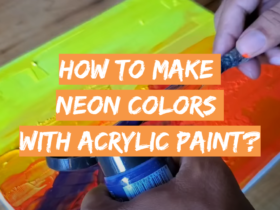
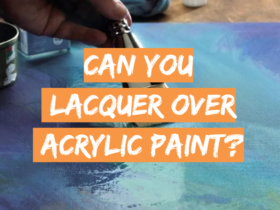
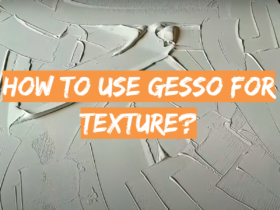
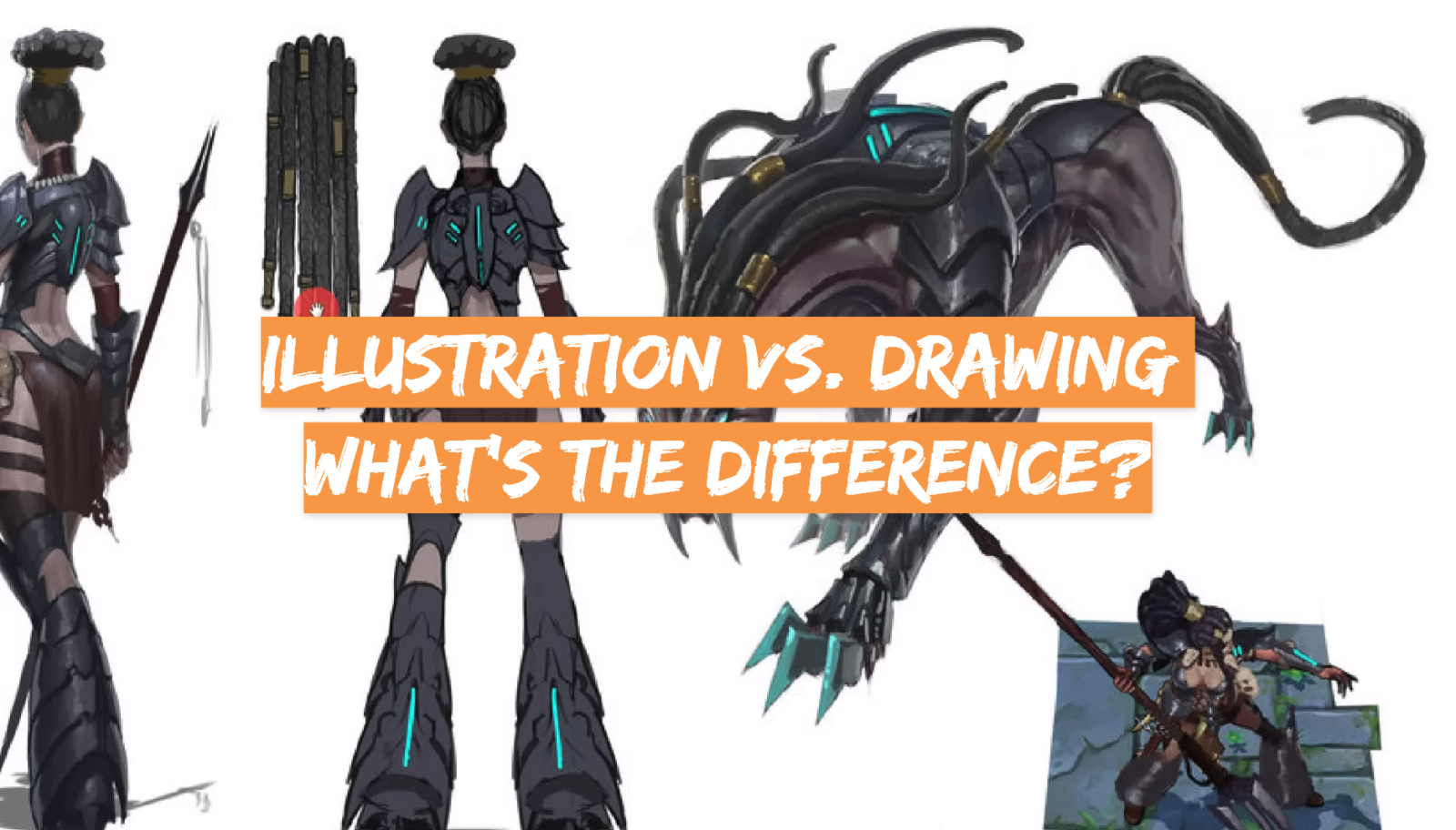
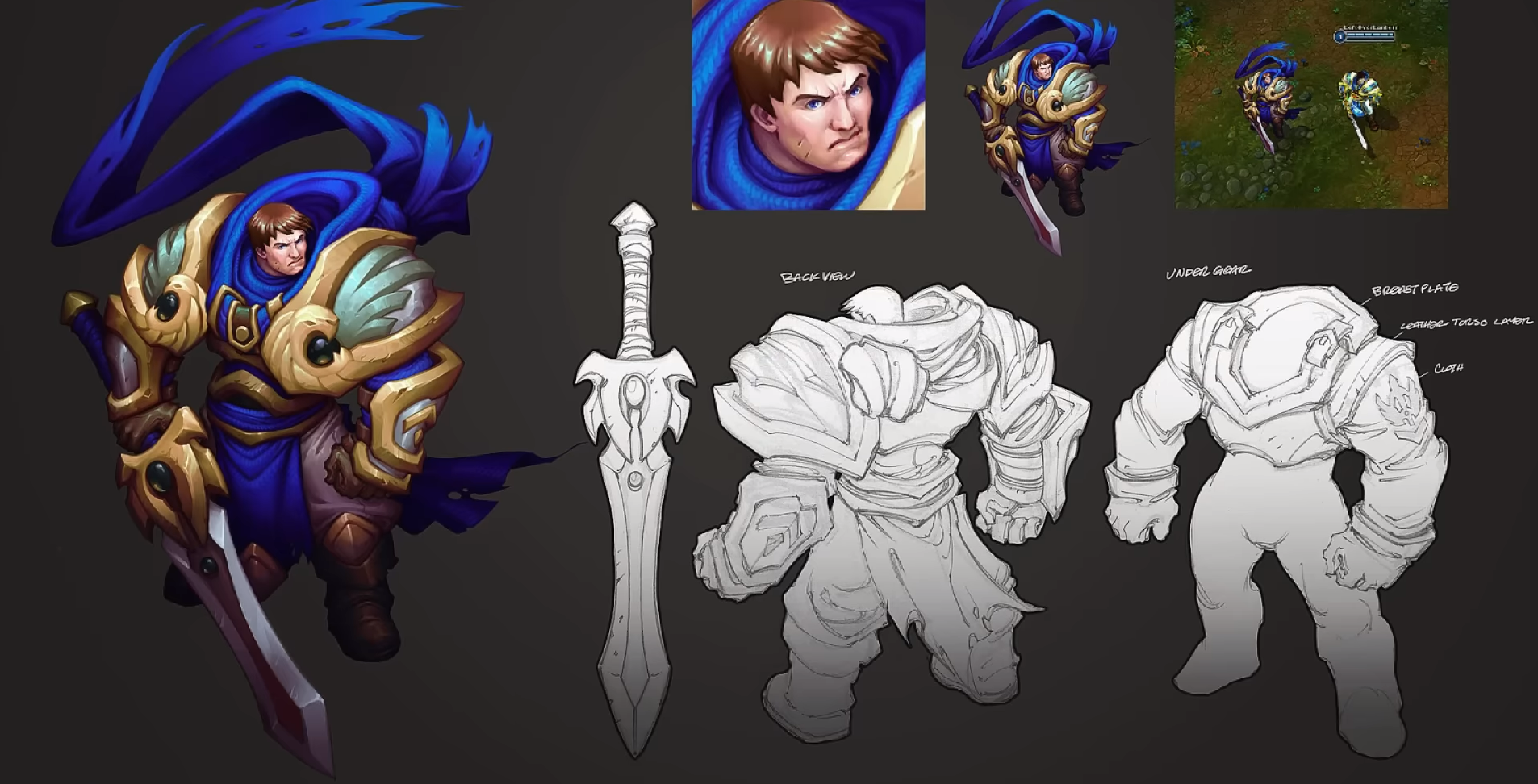
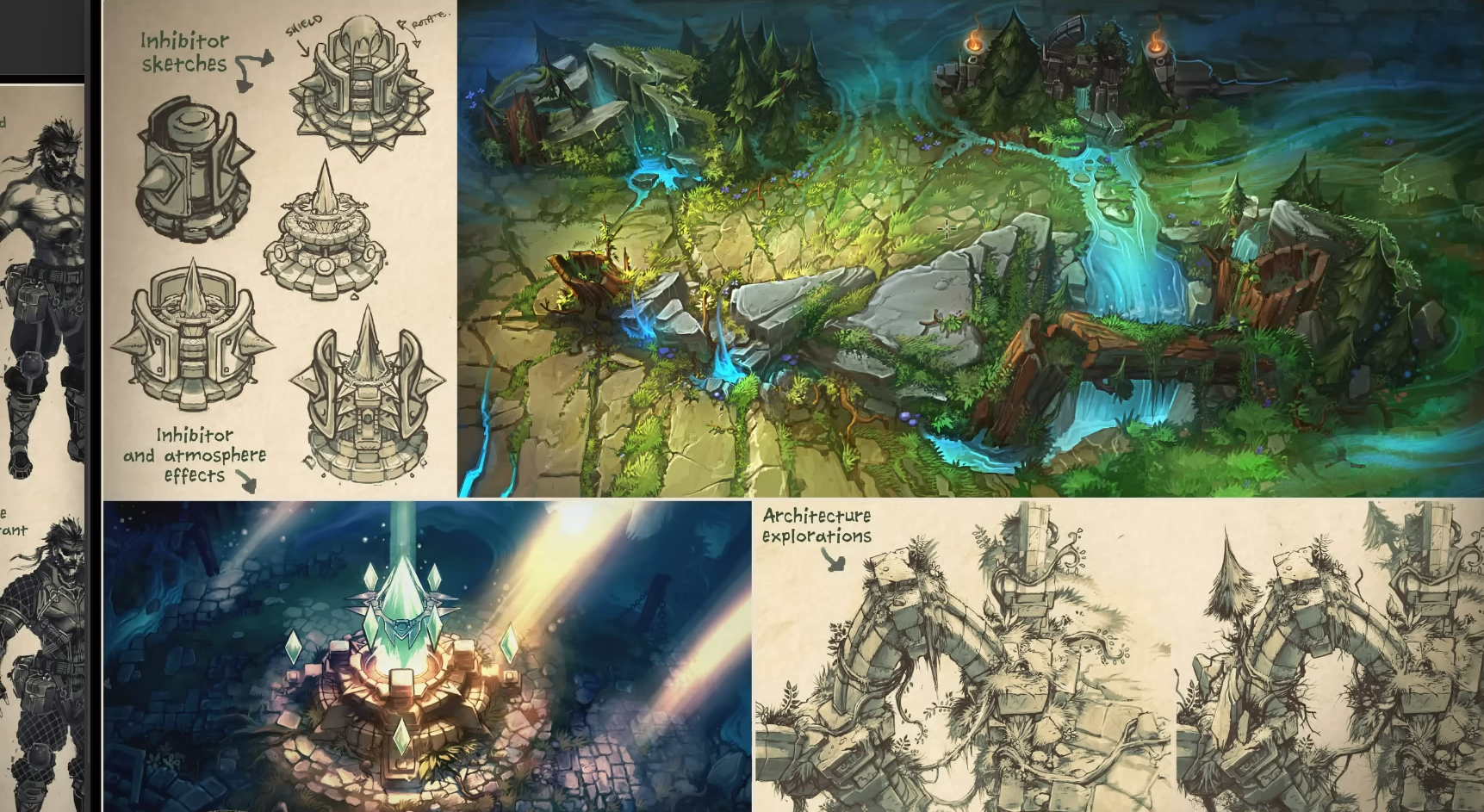

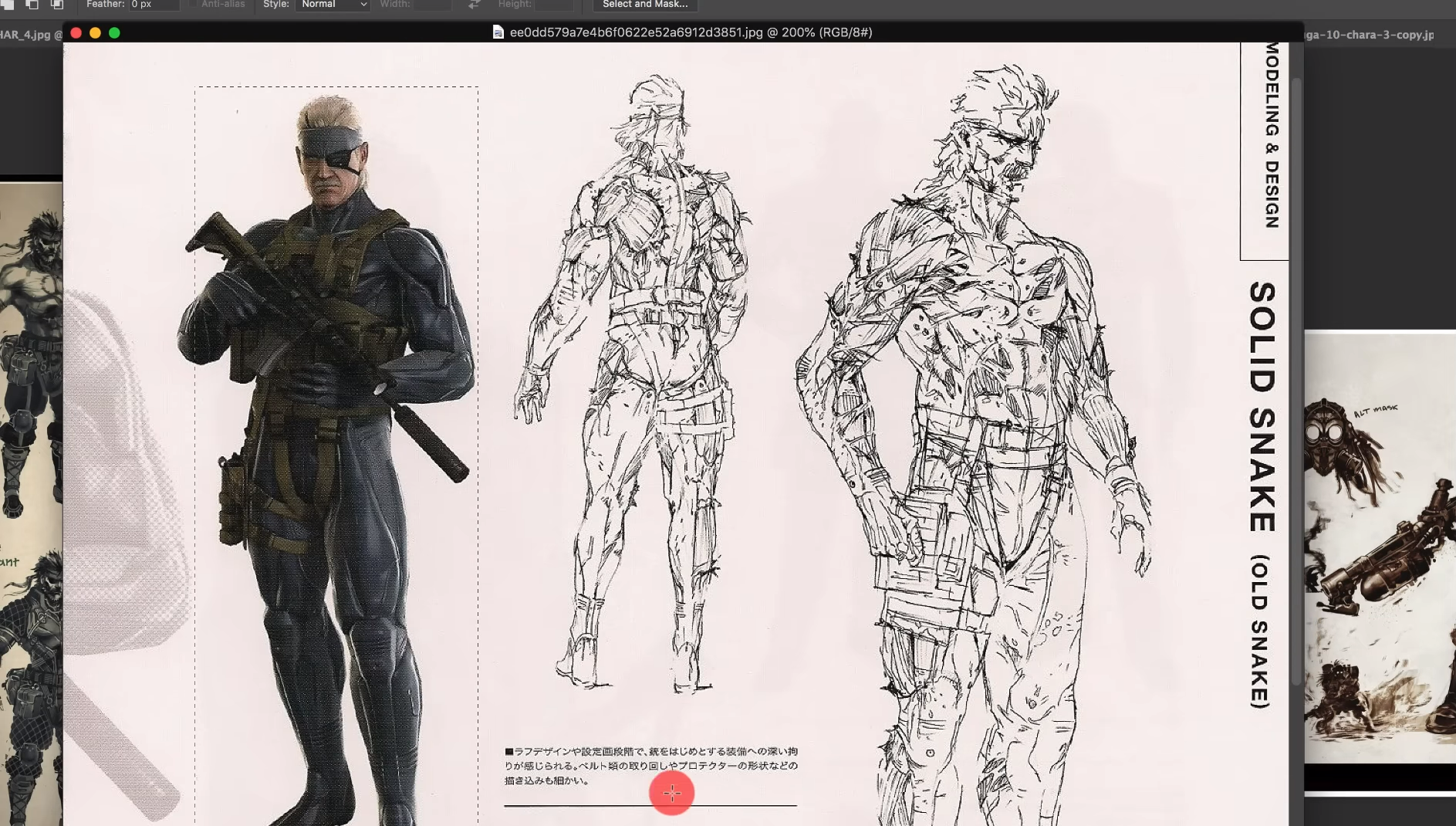

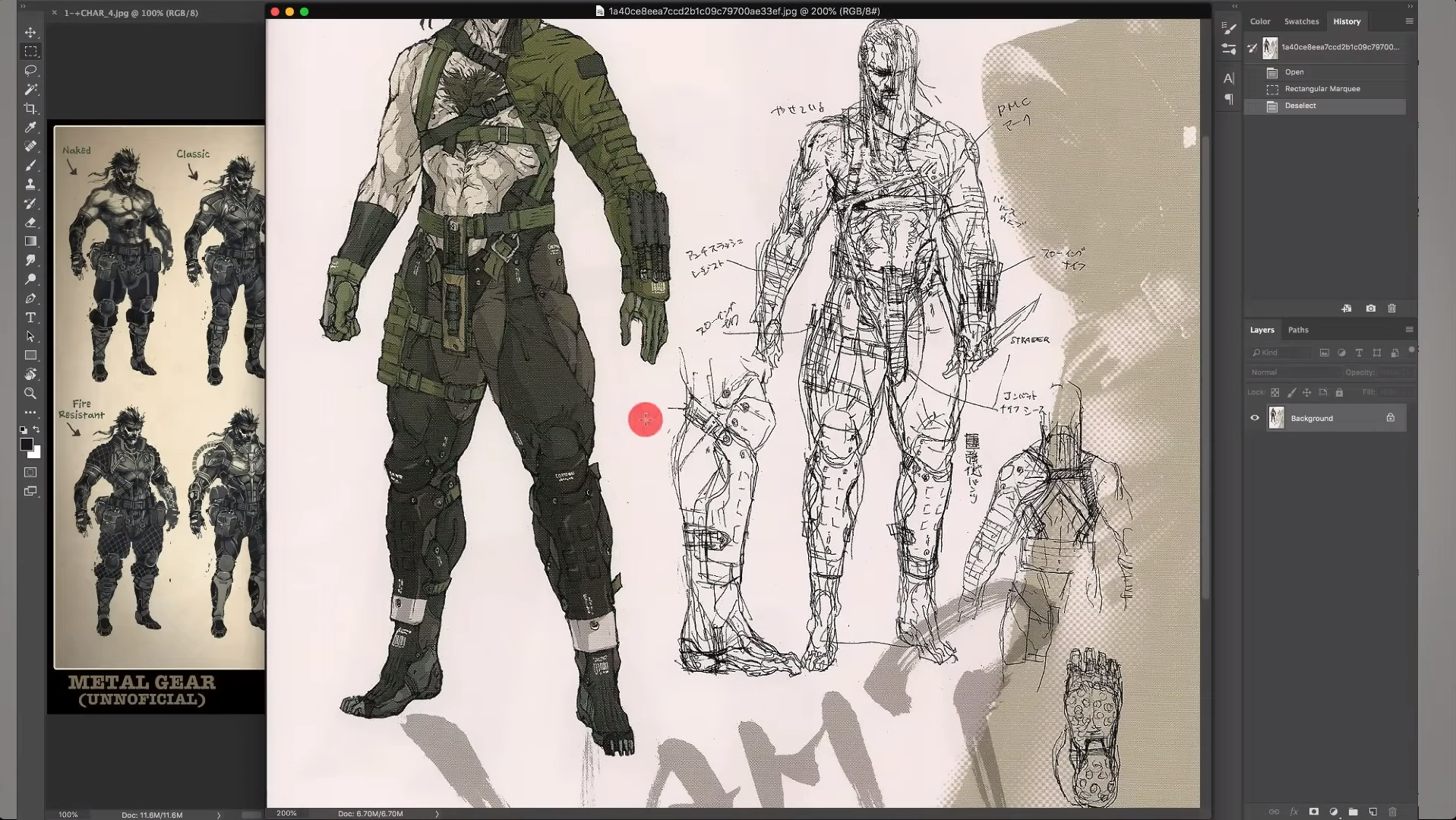
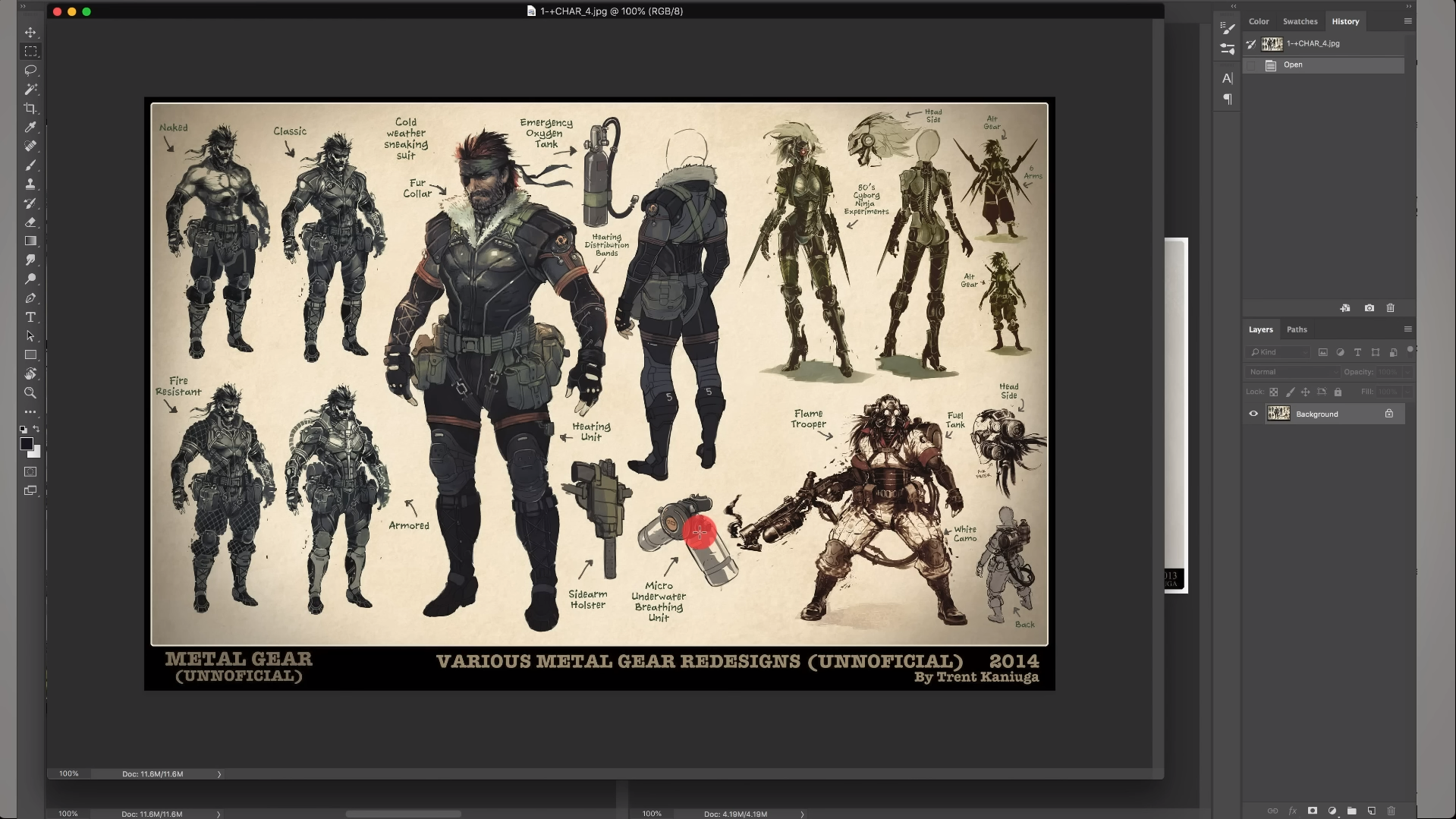
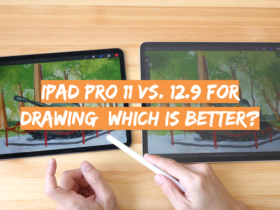
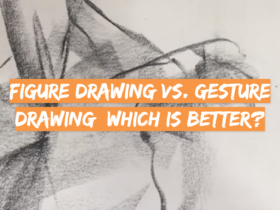
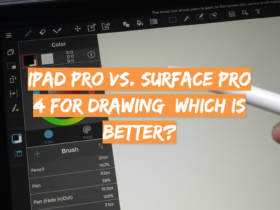
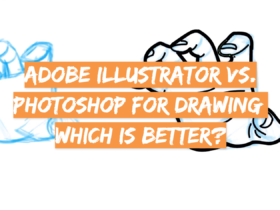
Leave a Review